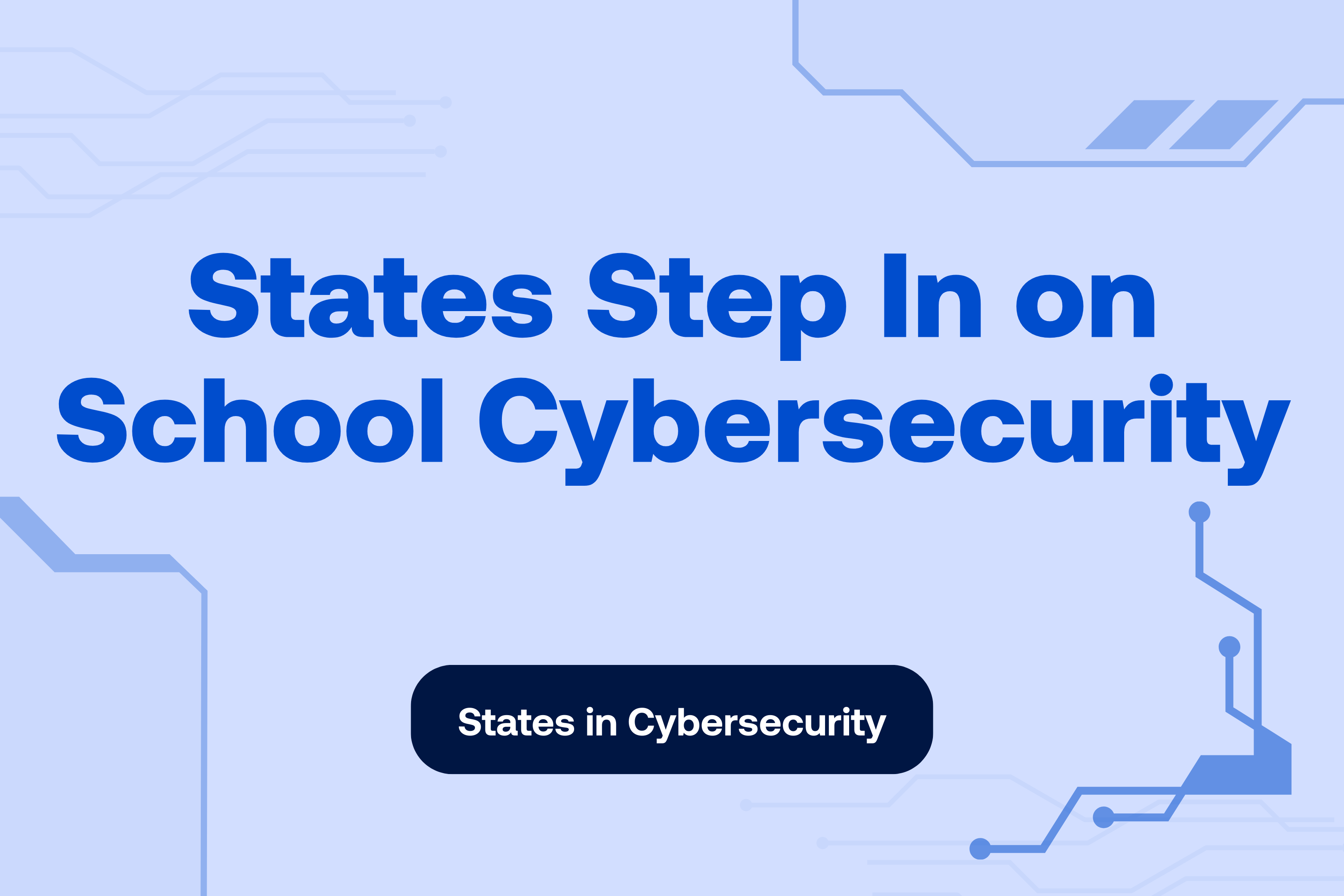
Summary: Ohio’s new K–12 cybersecurity push is a blueprint for state-led support: a common training-and-simulation platform (TechGuard), statewide coordination, and help for IT centers. Districts that operationalize these tools training, verification, reporting, and evidence are seeing faster response times and cleaner audits.
Ohio’s statewide K–12 cybersecurity initiative is live, giving districts and regional IT centers access to TechGuard, a platform for cybersecurity training and simulated attacks. The program’s goal is straightforward: raise baseline readiness in every school, not just the best-resourced ones. Officials say the platform equips staff and students to recognize phishing, email scams, and other common threats; the Management Council notes districts can enroll at no cost for adult staff.
Why it matters: Districts remain prime targets due to rich data and lean defenses. By centralizing training and exercises and coordinating with the state on alerts and reporting schools can reduce vendor sprawl, lower costs, and speed incident handling.
Joining the program ≠ being ready. Three ways districts fall short and how to fix it:
Days 0–15: Turn on the faucet
Days 16–30: Run and measure
Days 31–60: Prove it & practice it
Many districts pair the state platform with CyberNut to close execution gaps and cut admin time:
The goal isn’t box-checking. It’s behavior change (fewer risky clicks, more verified requests) and clean audit trails districts can hand to boards, families, insurers, and the state.
State leadership has raised the floor; 2025 is about turning that support into daily routines and training that actually runs, verifications people follow, and incident steps everyone knows. Ohio’s model shows what’s possible: common tooling, clear coordination, and low-friction enrollment. Districts that operationalize those pieces now will be the ones with fewer surprises and better documentation when the next phishing wave hits.
Editor’s note: CyberNut works alongside state programs to deliver AI-aware simulations, micro-training, playbooks, and integration help, so small teams can align fast and show evidence of readiness.